General Overview of Central Cooling System on Ships
The machinery systems fitted onboard ships are designed to work with maximum efficiency and run for long hours. The most common and maximum energy loss from machinery is in the form of heat energy. This loss of heat energy has to be reduced or carried away by a cooling media, such as a central cooling water system, to avoid malfunctioning or breakdown of the machinery.
There are two cooling systems used onboard for the cooling purpose:
- Sea Water cooling system: Seawater is directly used in the machinery systems as a cooling media for heat exchangers.
- Freshwater or central cooling system: Freshwater is used in a closed circuit to cool down the engine room machinery. The freshwater returning from the heat exchanger after cooling the machinery is further cooled by seawater in a sea-water cooler.
Understanding Central Cooling System
As discussed above, in the central cooling system, all the working machinery on ships are cooled down using circulating fresh water. This system comprises three different circuits:
Sea water circuit
The seawater is used as a cooling media in large seawater cooled heat exchangers to cool the freshwater of the closed circuit. They are the central coolers of the system and are normally installed in a duplex.
Low-temperature circuit
The low-temperature circuit is used for low-temperature zone machinery and this circuit is directly connected to the main seawater central cooler; hence its temperature is lower than that of high temperature (H.T circuit). The L.T circuit comprises all auxiliary systems.
The total quantity of low-temperature or L.T fresh water in the system is maintained in balance with the H.T. freshwater cooling system by an expansion tank which is common to both systems.
The expansion tank used for these circuits is filled and makeup from the hydrophore system or from the distilled water tank using the F.W. refilling pump.
High-temperature circuit (H.T)
The H.T circuit in the central cooling system mainly comprises of the jacket water system of the main engine where the temperature is quite high. The H.T water temperature is maintained by low-temperature fresh water and the system normally comprises of the jacket water system of the main engine, FW generator, DG during standby condition, Lube oil filter for stuffing box drain tank.
The HT cooling water system is circulated by electrical cooling water pumps, one in service and one on standby.
During standby, the DG is kept warm by the circulating system from the DG in service.
When ME is stopped, it is kept warm by HT cooling water from DG. If this is insufficient, the water may be heated by a steam-heated FW heater.
Expansion tank
The loss in the closed circuit of the central cooling freshwater system is continuously compensated by the expansion tank which also absorbs the increase in pressure due to thermal expansion.
Temperature Control Valves
The heat absorbed by the H.T circuit is transferred to L.T circuit at the temperature control valve junction.
The outlet temperature of the main engine cooling water is kept constant at 85-95 by means of temperature control valves by mixing water from the two central cooling systems i.e. LT system into the HT system.
Things to remember
- The cooling water in the system to be treated with chemicals
- The makeup of the central cooling system normally takes place from the FW expansion tank, which is filled with a drinking and wash water system, or, from the distilled water tank using the FW refilling pump
- If it is necessary to refill the system with a larger amount of water, this shall be supplied from the distilled water tank by the FW refilling pump via the LT system connection
- During overhaul/repair of the main engine, which requires FW cooling water inlet and outlet valves to be closed, the FW cooling pump and high-temperature circulation must be stopped and the air to control valve must be closed
- In standby conditions, the transfer of surplus heat from diesel generators can be used for FW generator service. In the feedwater inlet to the FW generator evaporating section the high load orifice is to be replaced with the low load orifice, see maker’s instruction.
- The circulating rate will depend on seawater temperature, engine load, the pressure drop across pumps and required heat removal from the system. The circulating rate can be adjusted by operating one or more pumps
- Generally, two freshwater pumps are installed and one complete spare pump is stored close to the area of the working pump for quick installation in case one of the working pumps should fail
- The central coolers in the freshwater system are generally of plate type with plates of titanium material
- In the case of manual cleaning, the F.W. inlet and outlet valves shall be closed. In the case of chemical cleaning of the S.W. side the F.W. side may be kept open.
Advantages of central cooling System
- Low maintenance cost: As the system runs with fresh water, the cleaning, maintenance and component replacement reduces.
- Less corrosion: Since the seawater system is only in the central part, the corrosion of pipes and valves decreases.
- The Higher speed of fluid hence better heat exchange: Higher speed is possible in the freshwater system which results in reduced piping and low installation cost.
- Use of cheaper materials: Since the corrosion factor decreases, expensive materials are not required for valves and pipelines.
- Constant temperature level maintained: Since the temperature-controlled is irrespective of seawater temperature, the stable temperature is maintained which helps in reducing machinery wear down.
- Less wear of engine parts: Less wear of cylinder liner as the jacket is maintained warm avoiding cold corrosion.
- Ideal for unmanned engine room: The greater reliability and temperature control of the system offered by the central cooling system makes it an ideal choice for unmanned engine room
Disadvantages of the central cooling system
- High installation cost
- Limitation of low temperature
Disclaimer: The views mentioned above are of the author only. Data and charts, if used, in the article have been sourced from available information and have not been authenticated by any statutory authority. The author and Marine Insight do not claim it to be accurate nor accept any responsibility for the same. The views constitute only the opinions and do not constitute any guidelines or recommendation on any course of action to be followed by the reader.
The article or images cannot be reproduced, copied, shared or used in any form without the permission of the author and Marine Insight.
Latest Shipboard Guidelines Articles You Would Like:
Do you have info to share with us ? Suggest a correction
Subscribe To Our Newsletters
By subscribing, you agree to our Privacy Policy and may receive occasional deal communications; you can unsubscribe anytime.
Web Stories

About Author
An ardent sailor and a techie, Anish Wankhede has voyaged on a number of ships as a marine engineer officer. He loves multitasking, networking, and troubleshooting. He is the one behind the unique creativity and aesthetics at Marine Insight.



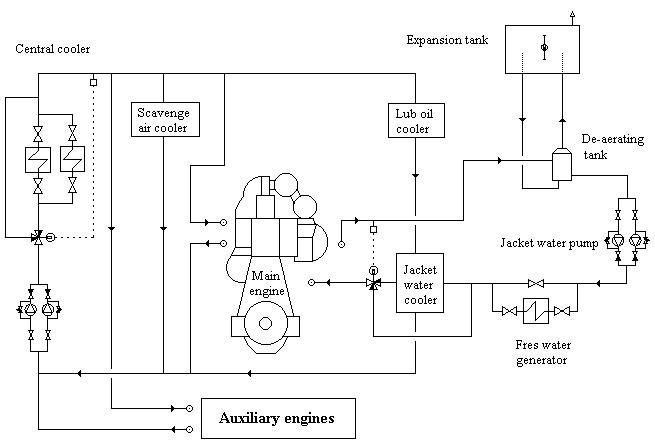







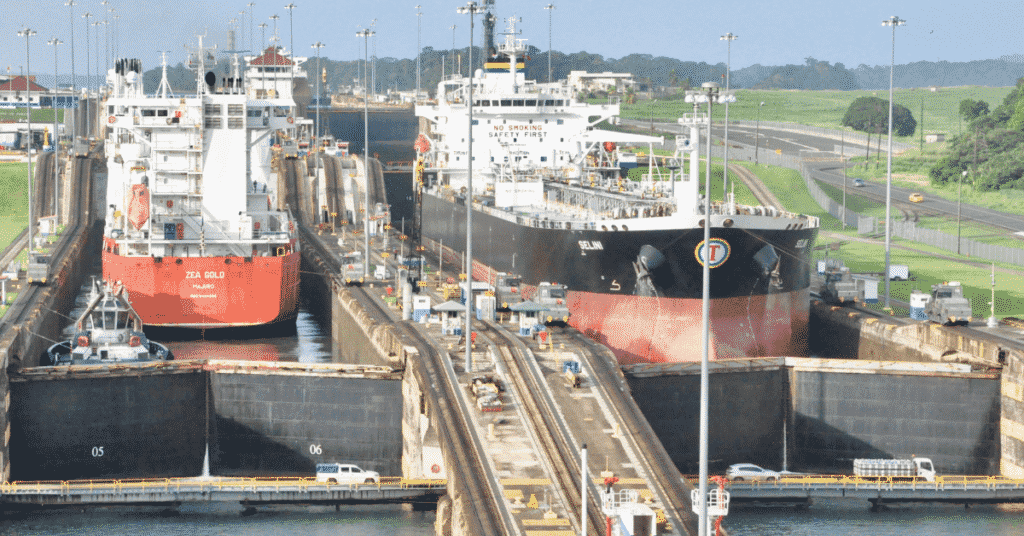
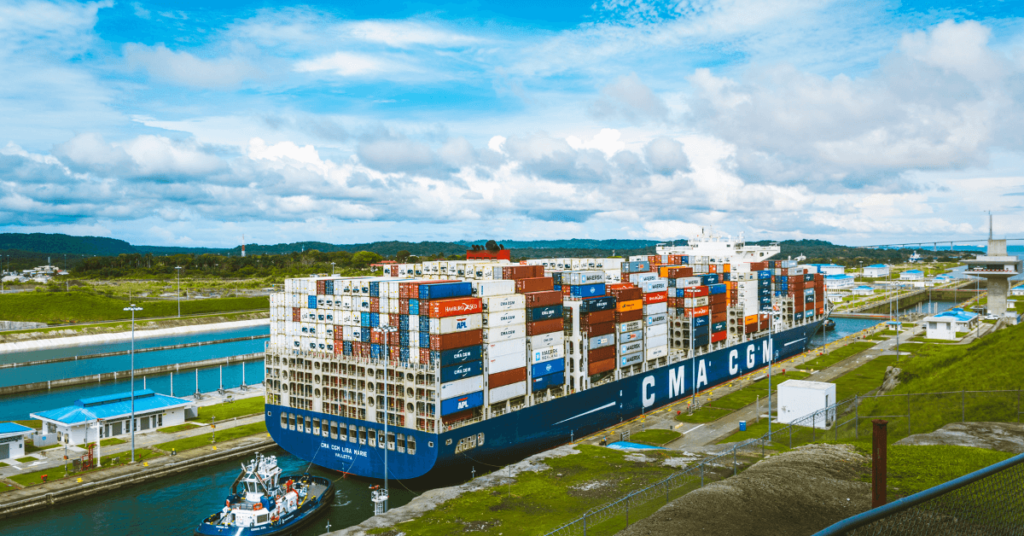

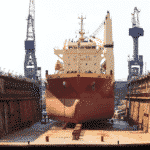


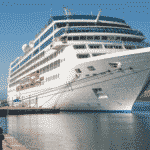







I have the doubt in HT/LT system ,i want to know whether HT system is directly cool by seawater or it is cool by LT fresh water ? Please clarify by doubt..
@ Darshan: HT system is cooled by LT fresh water and LT system is cooled by sea water.
Hi Anish,
How much sea water typically circulates through the cooling system at a given time?
Same as above how much sea water typically circulates through the cooling system at a given time?Can you give us an example of how the chemical dosing is being done,?
I like your explanation but i ask you break it down more.
Hello,
We know it’s important for you to get a quick response for your question.
Thus, we created Marine Insight Forums >> https://forums.marineinsight.com
Kindly re-post your question at the forums, after a quick free sign-up and one our experts will reply to you at the earliest.
Register here now >> https://forums.marineinsight.com
Thanks a lot in advance.
I wanted to know much about the high temperature cooling system
Hello,
We know it’s important for you to get a quick response for your question.
Thus, we created Marine Insight Forums >> https://forums.marineinsight.com
Kindly re-post your question at the forums, after a quick free sign-up and industry experts and fellow seafarers will reply to you at the earliest.
Register here now >> https://forums.marineinsight.com
1 how and when HT mixed with LT ?
2 HT water directly coming to jacket or it first goes to HT expansion tank and from there comes to jacket ?
Is there a book on this
I think the temperatures in article for outlet CW are wrong. The article says that HT temp should be between 85-95C, but at 86C bubbles of air start to form in coolant which is not good for cooling (lesser heat echxange within jacket and at 86C temp of the the water starts to increase rapidly). At 95C most marine diesel engines have CW high temp trip (shutdown) set and at 85C all marine engines have CW high temp alarm set. Normal operating parameters for CW for marine diesel engines (open system – not pressurized) for the outlet temp is 78-82C. Though that temps are ok for car engines as they have closed CW systems (increased pressure thus higher boiling temp).
Hi
We have Cummins Engine driven Hydraulic Pumps (Power Packs)
Engines are cooled by the integrated internal cooling system & the coolant is cooled in the Heat exchangers fitted on top of engines by the LT water. A 20 mm orifice plate has been fitted in the Inlet line of LT water to the Heat exchanger.
Will appreciate if anybody can clarify the reason for fitting the orifice plate.
How temperature of cooling water maintained?
@Chintan: By circulating it through SW or FW cooler via temperature control valve.
Hi .
We have Caterpillar 3512 high speed engines on board. Recently CAT technicians carried out cylinder heads overhaul for one engine. They had brought reconditioned cylinder heads as per their maintenance policy and fitted them and took our old ones for reconditioning. After about a month’s running, today we observed sludge deposits in the HT cooling system of his engine. The lub oil sump level is maintained and not gone down which indicates there is no leakage from the lub oil cooler. Also the deposits do not look like lub oil but as thick sludge. Can this be from the reconditioned cylinder heads? How do I flush this out from the engine totally.
What is the cause of too low cooling water temp. Of the M/E
@Paul: Sea water temperature in the cooler is not adjusted.
FWG is running and circulation valve to ME is not properly adjusted.
hello anish. can i get your email to ask some questions?
You can post your queries in our forums – https://forums.marineinsight.com
what method used for tube protection
Hello, in my ship Central cooling system l.t.cooler fitted _ , parameters are sea water 31/47 and fresh water 56/46, my question is that itvis working good or need to open for cleaning _ because high l.t 46 makes problem to our A/C